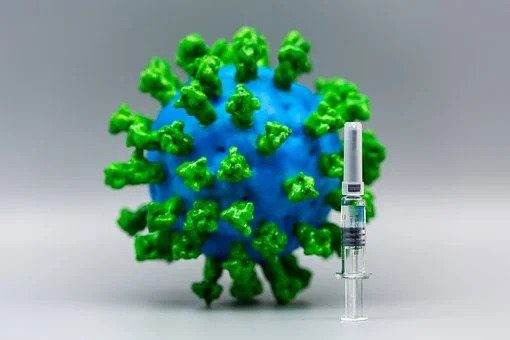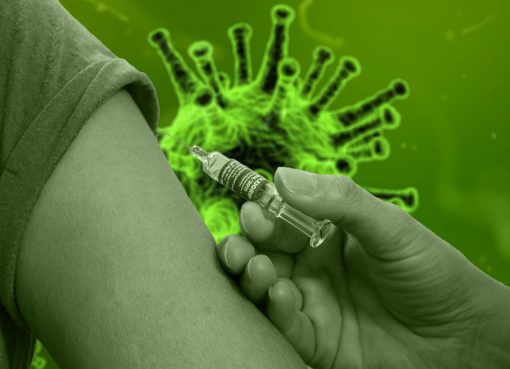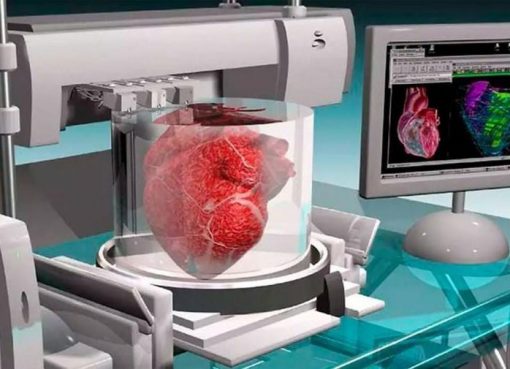A Modish Tool to Detect Bacteria in Fresh Edibles and Water
Eating vegetables as raw is much preferred in US unlike people in other countries who cook their vegetables, which is a major concern for food safety in US. Looking into this, the food scientists from University of Massachusetts, Amherst, USA have designed a new, rapid and cheap tool for detection of bacterial contamination in raw vegetables, fruits, juices and water. The team has developed an innovative Surface-enhanced Raman spectroscopy (SERS) sandwich assay for both optical and chemical detection of bacterial load in food samples. The main molecule of the assay was 3-mercaptophenylboronic acid (3-MPBA) as a capturer and reporter that binds to any bacteria. The assay successfully detects Salmonella enterica subsp. enterica and Listeria monocytogenes in different food and water samples. The assay could detect as low as 100 bacterial cells per 1 ml of sample solution and has many advantages over the conventional aerobic plate count (APC) method.
(Analytical Methods, 2017, 9: 4732-4739; DOI: 10.1039/c7ay01596h & Food Microbiology, 2018, 72: 89-97; DOI: 10.1016/j.fm.2017.11.007)
Confidential Arms of Immune System
Auto-antibodies are regarded as ‘bad apples’ of immune system as it reacts against the body’s own tissues and causes various autoimmune diseases. Therefore, it was assumed that B-cells producing bad antibodies are kept silenced for most of the time (anergy) or if antibodies are produced, then they are discarded from the immune system; but a group of researchers from several international institutes have uncovered a critical function of auto-antibodies. It was shown in mouse model that the silenced B-cells produce bad antibodies that undergo rapid ‘redemption’ process through few alterations in their DNA sequence and attacks the foreign antigen that appears highly similar to ‘self-antigen’. The team also claims that the potency of the antibodies increases by 5000 times and they can defend the host body from the deadly pathogens that cannot be tackled by other normal antibodies.
(Science, 2018, 360: 223-226; DOI: 10.1126/science.aao3859)
Mystery of Malaria Parasites
Malaria is a mosquito-borne parasitic disease of human and animals caused by Plasmodium spp. and there were 214 million new cases with half a million death in 2015 (World Malaria Report 2015). One of greatest mysteries about this parasite, its molecular interaction with host, was recently solved in Wellcome Trust Sanger Institute, UK. It was already established long back that a cell surface protein of malaria parasite, called ‘thrombospondin-related anonymous protein’ (TRAP), acts as a ligand which is essential for both gliding motility and invasion in the host tissue but there were lack of evidence with respect to its partner receptor. The scientific team from Wellcome Trust Sanger Institute for the first time revealed that the surface displayed protein ‘TRAP’ interacts with integrin alpha-v-beta-3 (αvβ3) which acts as the receptor. This finding may help to develop potential new generation vaccine to fight against malaria.
(PNAS, 2018; DOI: 10.1073/pnas.1719660115)
Human Sperm in the Space
Recently, astronauts from NASA have sent human and bull sperm to International Space Station (ISS). Earlier to this, sperms of other species such as frogs, salamanders, snails and aquatic invertebrate were sent to space and there were successful breeding stories in space. The frozen human and bull sperm were sent under the mission called ‘Micro-11’ on Falcon 9 rocket. The prime aim of this mission is to test male fertility related parameters in zero-gravity environment and to examine whether exposure to spaceflight alters fertility functions of human and animal sperm. The mission will also answer about possibility of human reproduction in space.
(www.nasa.gov/mission_pages/station/research/experiments/2186.html)
Five types of Diabetes
Classically, diabetes is categorised into two sub-types, type 1 and type 2; but a bench of scientists from Lund University, Sweden has now classified it into five distinct clusters. Type 1 diabetes is characterised by insulin deficiency, whereas type 2 is characterised by insulin resistance; however, a refined classification was made on the basis of disease progression and risk of diabetic complications. The new five clusters are Cluster 1- Severe Autoimmune Diabetes (SAD), similar with type 1, that occurs in young in the presence of auto-antibodies; Cluster 2- Severe Insulin-Deficient Diabetes (SIDD) that overlaps cluster one but lack of auto-antibodies; Cluster 3- Severe Insulin-Resistant Diabetes (SIRD), characterised by obesity with insulin resistance; Cluster 4- Mild Obesity-Related Diabetes (MOD) observed in overweight people without insulin resistance and Cluster 5- Mild Age-Related Diabetes (MARD) equivalent to cluster four but mostly seen in older patients. This new sub-stratification might aid in early and precise treatment and also help to identify patients with future risk of complications.
(The Lancet Diabetes & Endocrinology, 2018; DOI: 10.1016/S2213-8587(18)30051-2)
Contemporary Digestive System in Lung Tumour
Researchers from Duke University have discovered a mini digestive tract embedded in a lung tumour. The team states that to escape chemotherapy, the tumour cells in lung delete a gene called NKX2-1 (a key transcription factor); following it the tumour cells modify themselves to developmental neighbour cells that is gastrointestinal cells. This study also proves that the tumour cells of lung can redesign themselves to make cells of oesophagus, stomach and intestine. Most interestingly, it was observed that even digestive enzymes are also secreted by these cells. This experiment exhibits the plasticity of tumour cells and reflects the developmental history of organs.
(Developmental Cell, 2018, 44: 679–693)




